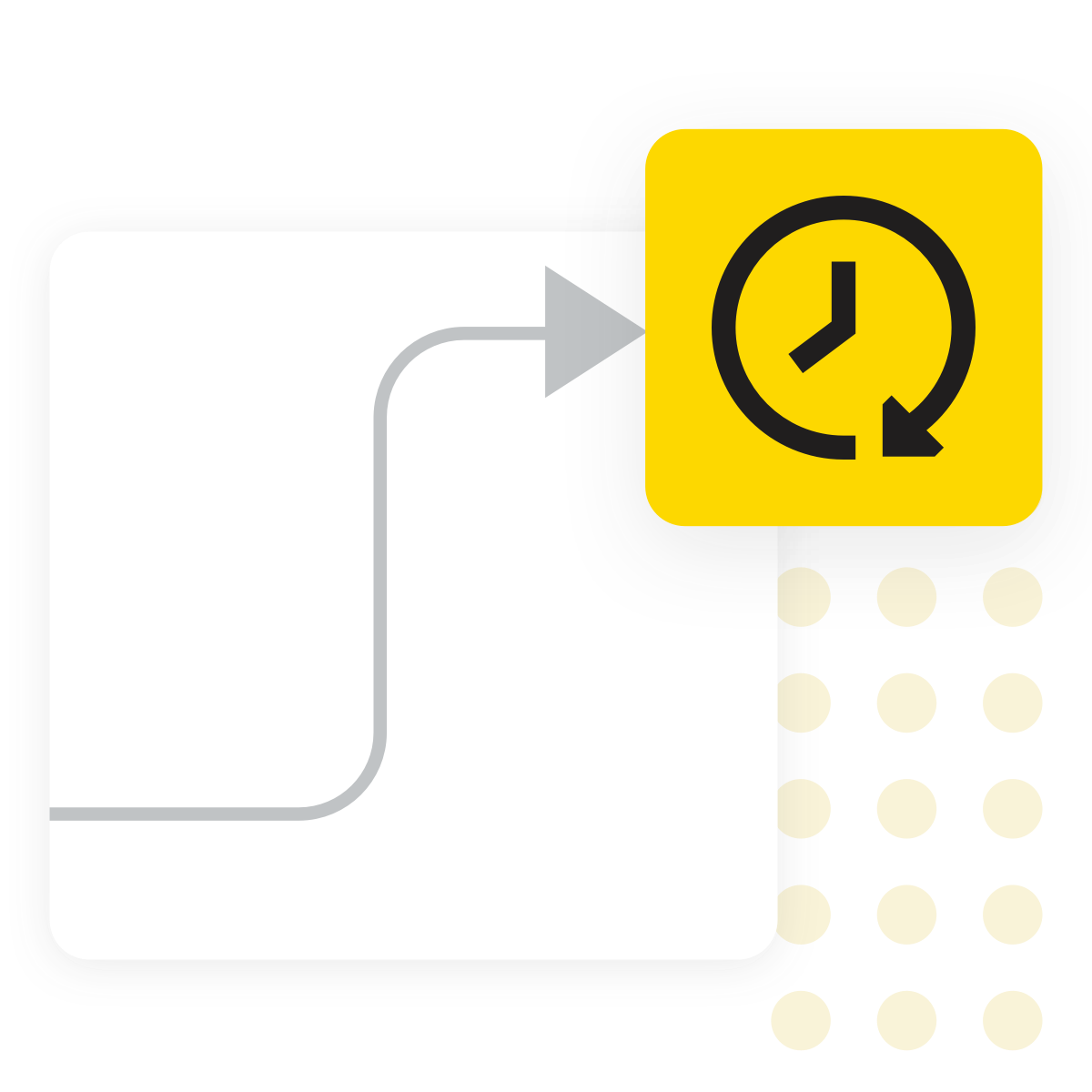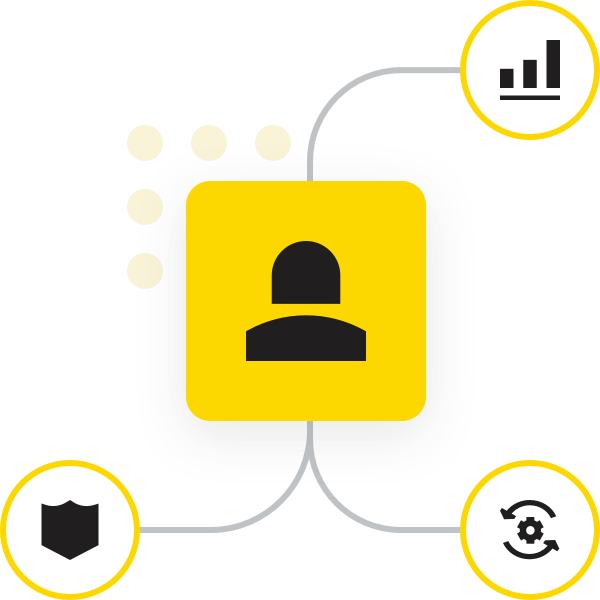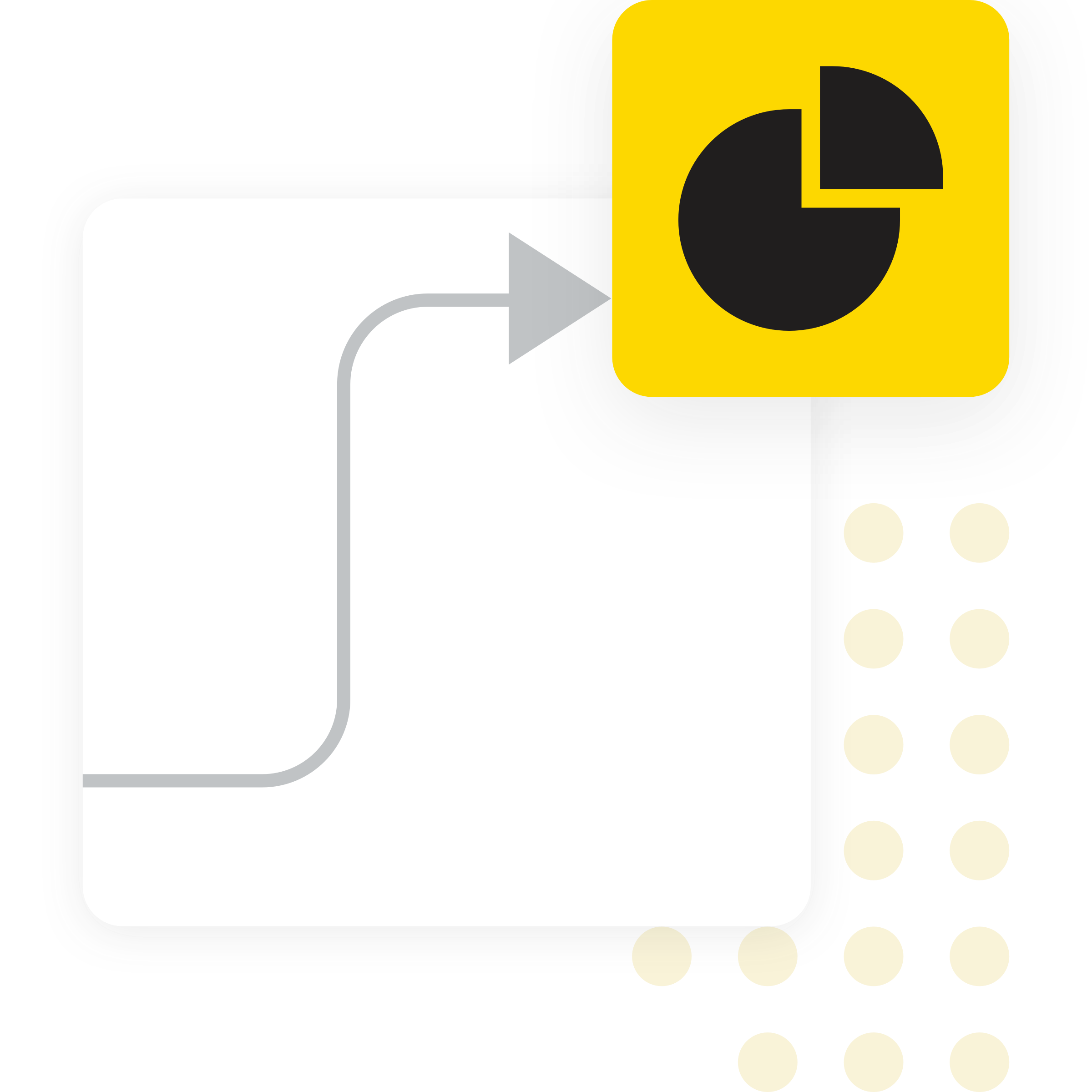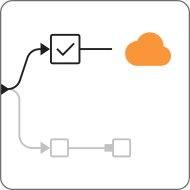Fraud Detection with KNIME
Detect fraudulent transactions and unusual patterns with KNIME. KNIME makes it easy to uncover suspicious activity across large volumes of data and take timely action, without the need for complex coding.
KNIME Workflow Example for Fraud Detection
This example workflow shows fraud detection techniques applied to credit card transactions. It includes:
- Data ingestion, partitioning and preparation (e.g., normalization)
- Application of statistical methods (e.g., quartiles, z-scores), supervised (e.g., Random Forest, Logistic Regression) and unsupervised modeling techniques (e.g., DBSCAN, Isolation Forest) for detecting fraudulent transactions
- Comparative analysis of model performance, using pertinent scoring metrics (e.g., recall and precision)
Why use KNIME for Fraud Detection

What is fraud detection?
Fraud detection is the process of identifying dishonest or suspicious behavior within datasets such as fraudulent claims, account takeovers, or payment fraud. It relies on analyzing patterns in historical data and flagging deviations that suggest potential fraud.

Why does it matter?
Fraud leads to direct financial losses, reputational damage, and regulatory consequences. Organizations face increasing volumes and varieties of fraud, often evolving faster than traditional controls can adapt. Early and accurate detection is essential for minimizing impact.

Typical challenges
- Fraud cases are rare, making it hard to train reliable models.
- Patterns change frequently, requiring adaptable systems.
- Data comes from multiple sources (e.g., logs, forms, databases, transactions).
- Overly aggressive detection raises false positives, burdening investigators.

Benefits of using KNIME
- Combine structured and unstructured data sources, including Excel, databases, APIs, and internal documents.
- Apply statistical methods (e.g., quartiles, z-scores), supervised models (e.g., Logistic Regression, Random Forest) when fraud labels exist, or use unsupervised anomaly detection (e.g., Isolation Forest, DBSCAN) when they don’t.
- Optimize thresholds and rules for enhanced model performance, striking a balance between detection and false alerts.
- Automate scoring and alerting in real time without writing code.
- Build explainable, versioned workflows for audit and compliance needs.
How to use KNIME for Fraud Detection

Data Access and Preprocessing:
Ingest transactional, behavioral, or claim data from your data source (e.g., CSV files, Google Forms, PostgreSQL, SAP, etc.). Partition the data into train, test and validation sets, clean and preprocess it. If needed, address class imbalance using data sampling methods (e.g., undersampling or oversampling), cost-sensitive methods (i.e., assigning different misclassification costs to various classes) or ensemble methods (e.g., bagging or boosting).

Fraud Detection:
Leverage supervised machine learning to train classification models like Random Forest or Logistic Regression using labeled fraud cases. If no labelled data is available, rely on unsupervised machine learning and apply Isolation Forest or clustering methods to detect anomalies. Optimize model hyperparameters or classification thresholds to improve model performance or account for the costs of errors.

Result Evaluation and Deployment:
Evaluate model performance with appropriate scoring metrics, depending on whether supervised (e.g., accuracy) or unsupervised learning (e.g., Silhouette coefficient) is applied. In supervised learning, if class imbalance is not treated, consider using metrics such as precision, recall, or Cohen’s kappa statistic. Compute expected profit to evaluate the optimization of different classification thresholds. Once trained and evaluated, models can be deployed to score live incoming data, with predictions delivered through reports, APIs, or used to trigger alert emails.
How to Get Started
Additional Resources
YouTube Playlist: Fraud Detection
This playlist contains videos about using KNIME to tackle common tasks in finance departments.
KNIME, Automation, and AI: The KNIME for Finance Collection
Ready-to-use solutions to speed up analytics transformation within finance departments.
FAQ
No. KNIME supports unsupervised methods like Isolation Forest or clustering to detect anomalies even without labeled fraud cases.
Yes. You can retrain models or adjust detection rules as new data arrives, helping you adapt to changing tactics.
Techniques like undersampling, SMOTE, assigning different misclassification costs to various classes, bagging and boosting help address imbalance in model training and evaluation.
Yes. You can score new, incoming transactions in real time by deploying the workflow with one of KNIME’s paid plans. You can also trigger the immediate sending of alert emails to investigators when a risk of fraud is detected.
Absolutely. KNIME workflows are visual and version-controlled, making them easy to review for compliance or audit purposes.